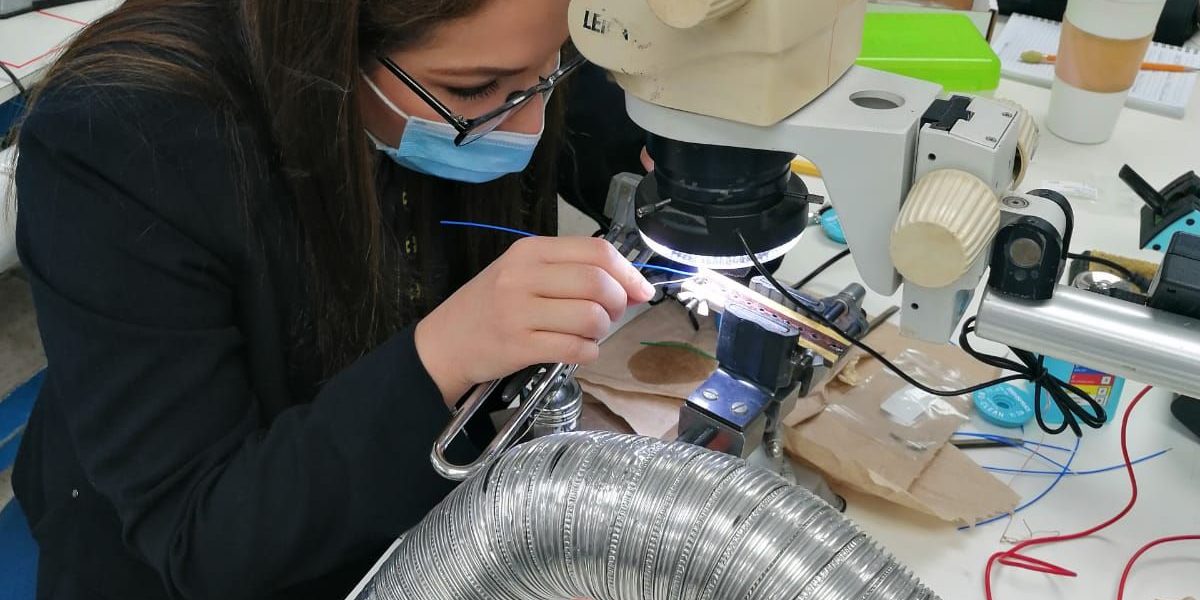The dependability of the components utilized is one of the most serious challenges in electronic production. Counterfeiting is a lengthy issue that, if not addressed, has the potential to increase in volume and breadth. This, in turn, raises concerns about actual economic and inventive growth in the electronic manufacturing business.
Electronic component counterfeiting has always become a sore point of manufacturers, and the counterfeit sector survives by developing innovative ways to cover part authenticity.
This is clearly a massive issue for a company. These components often closely resemble the ones you bought, and they don’t always fail first testing. However, they have the potential to produce failures with serious implications down the line. Consider a mine’s fire alarm or communication equipment: if these systems fail, lives might be jeopardized.
Now, what can you do to lessen the danger? Understanding how to detect counterfeit components is one of the most critical things you can do to safeguard your supply chain. In this blog article, we’ll look at five various methods to spot counterfeit electronic components so that you can remain ahead of the competition when it comes to supply chain security.
#1 Authenticity verification
Counterfeiters commonly apply a thin coating of blacktopping material to obscure the original component numbers and features. This is then re-printed with bogus marks to make the part appear to be something it isn’t. One of the most prevalent tactics employed by counterfeiters is blacktopping. This is certainly a matter for worry, since the part you receive could not be the same as the one you bought.
#2 Variations in size
When the component’s height, length, and breadth are measured and compared to the manufacturer’s standards, it may be determined whether the part is genuine. If the measures don’t match the manufacturer’s standards, or if there are differences in the batch you received, you’ll need to look into it more.
#3 Electrical Spot checks
By comparing results to the parameters documented by the manufacturer, electrical testing on questionable components can help you determine if the item is genuine or not. Whereas if results are considerably different from what is expected in the industry, additional study is necessary.
#4 X-ray scan
X-Ray inspection is a method of inspecting a component’s internal workings. By illuminating the die, wire bonds, and any possible indicators of delamination, an X-Ray may be utilized to demonstrate proof of counterfeiting. What’s the point here? You can tell whether the component is genuine by inspecting the internals and comparing them to manufacturer standards or controlled photographs of genuine parts.
#5 Obtain Counterfeit Component Course
Blackfox and ProSkill CTG have teamed together to deliver a one-of-a-kind two-day training program. PRO-STD-001 is a certificate course that provides extensive instruction.
Counterfeit Component Prevention is a program that focuses on preventing counterfeit components.
The program is a comprehensive specialty course loaded with relevant information on this high-profile topic to assist your firm in preventing the infiltration of counterfeit electronic components. This course is up to date and packed with valuable information. It is not reliant on a self-teaching CD or false material obtained from the internet.
Conclusion
In recent years, the counterfeit electronics market has grown exponentially, with manufacturers and suppliers of all sizes falling victim to fake parts. If you’re not sure how to spot a counterfeit electronic component, don’t worry! We’re here to help. Our team of experts has put together five easy ways to identify a fake part.
Give us a call today to learn more about the matter and other information about obtaining IPC certification for your employees through effective IPC training.






